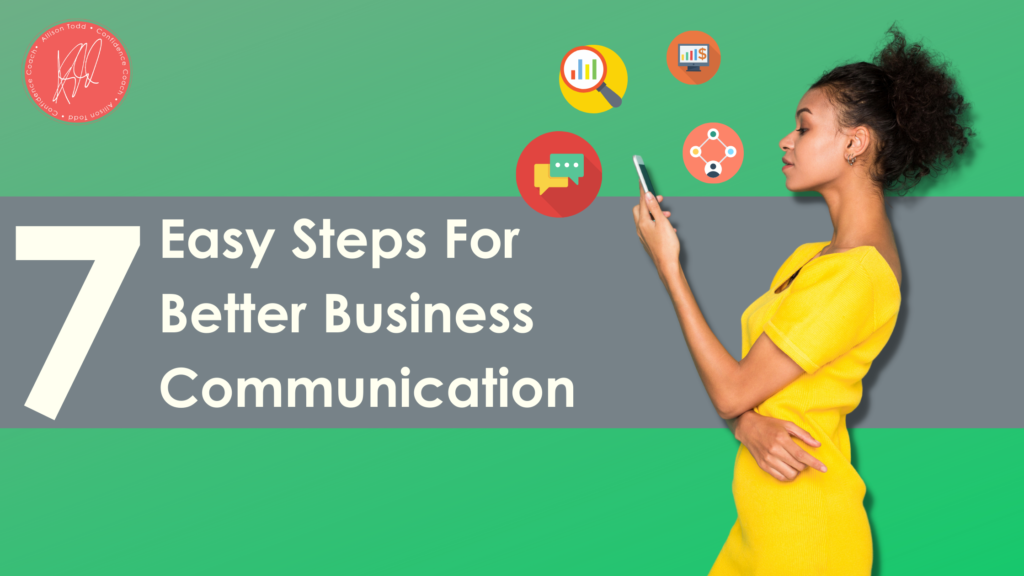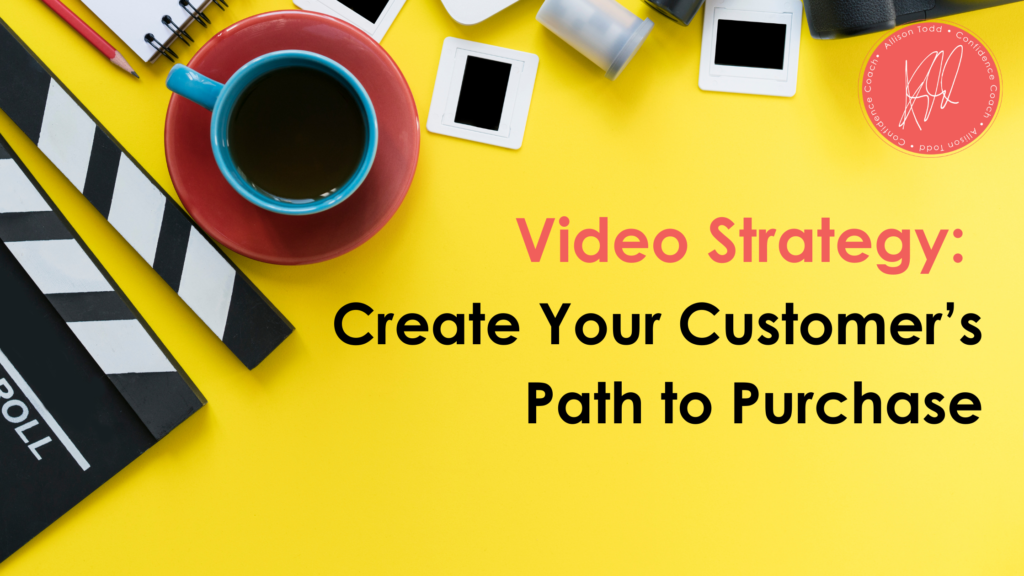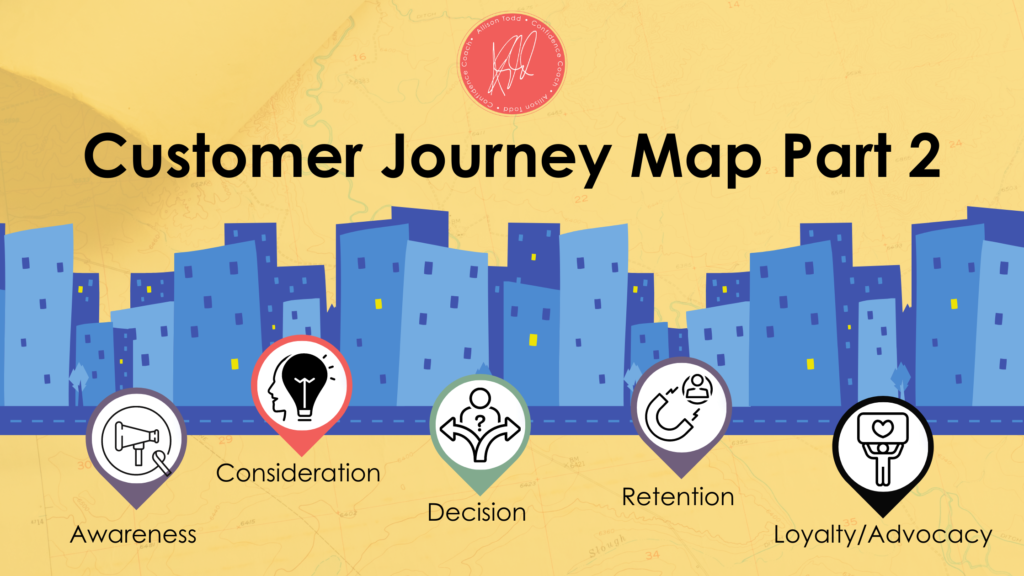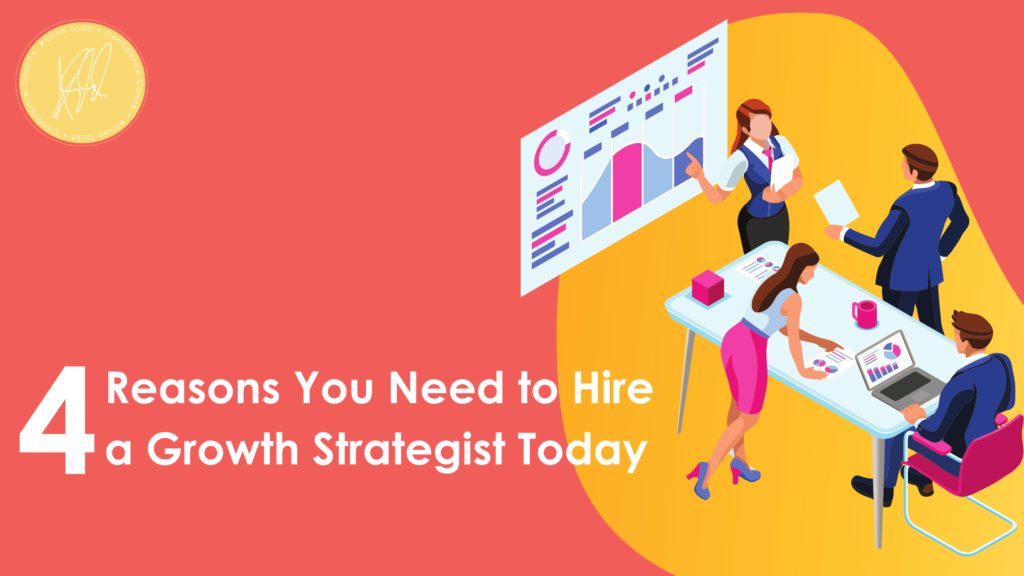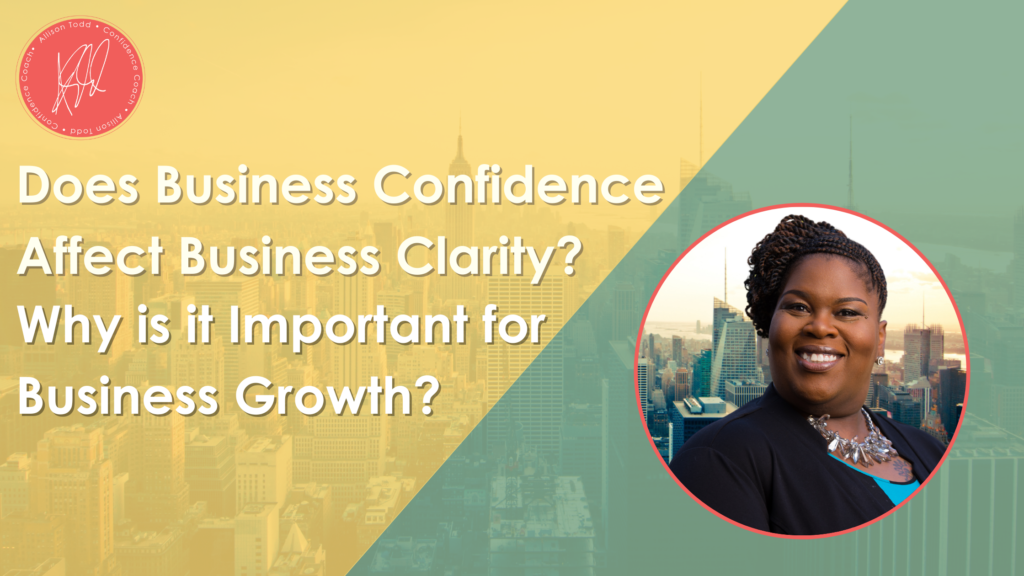What To Do When You Have a Difficult Client
As a business owner, the unfortunate truth is that not every client you take on is going to be a walk in the park. Inevitably, you’ll have a client come along that will prove to be quite difficult.
The challenge with difficult clients is that they tend to be overly demanding and may even clash with your working style. You know you have to finish whatever work you’re doing with them, but you want to figure out how to do so with the least amount of pain. So, what do you do?
Since your professional reputation is at stake, you need to come up with some strategies for dealing with a difficult client ahead of time so that when the inevitable happens – you’re ready.
Tips for Dealing with Difficult Clients
When dealing with a challenging client, choose your words carefully to avoid confrontation and escalation.
- – Listen well and acknowledge without apologizing.
- – Take breaks whenever you need to and/or limit communication, but be careful to do so in a way that doesn’t feel like you’re ignoring them.
- – Emphasize that you’re working together toward a common goal. Discuss things in terms of the results you’re trying to get and make sure they understand you’re on the same team.
- – If they’re asking you to do more than you offer, set clear boundaries and remind them gently of the job’s terms and your business’s capabilities.
Even though they may be driving you insane, try your best to find a solution that’s quick and that will make them happy and get you both moving forward. Remember, the best-case scenario is to leave them satisfied and then avoid working with them in the future, if possible.
As trying as these kinds of clients can be, keep in mind that it’s likely not personal. Simply chalk it up as a learning experience and move on knowing you’re better, and wiser, than you were before.





